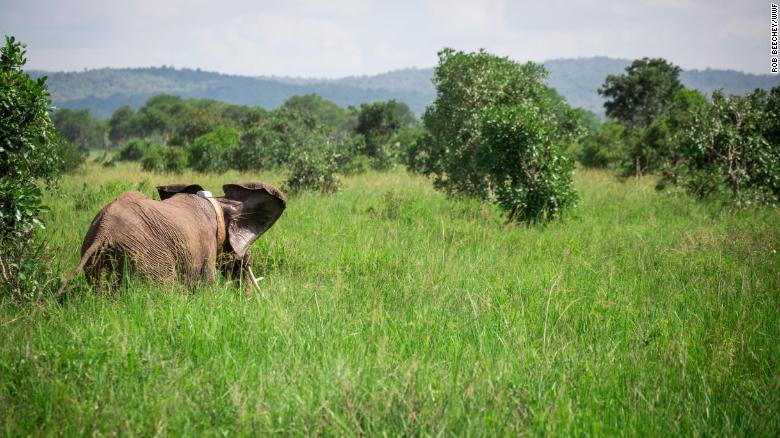Tanzania's Elephant Population Hit Extremely Hard, Losing About 70% In Last Decade
/After being collared and revived an elephant makes its way back to its herd in Selous Game Reserve, Tanzania
The global elephant populations is in a state of crisis in many countries. Tanzania is now a key center of Africa's poaching crisis, after a government census analyzing the nation's elephant population from 2009 to 2014 revealed a catastrophic loss of 60% of its elephants in just five years.
Revealing elephant declines far greater than expected, the census estimated Tanzania's elephant population in 2014 at 43,330, down from 109,051 in 2009. Fast forward to 2018, and Tanzania's Selous Game Reserve has lost almost 90% of the park's elephants over the past 40 years. Forty years ago, 100,000 elephants roamed Selous, located in southern Tanzania, and today the number is estimated to be 15,200.
"Tanzania has been extremely hard hit by the latest elephant poaching crisis that has hit the African continent for 10 years," Bas Huijbregts, WWF's African species manager, told CNN.
In an effort to get a grip on the situation, a new project launched by the Tanzanian government, with support from the World Wildlife Fund (WWF), is the country's largest ever elephant collaring effort to protect the rapidly declining population. And while we applaud this effort, only about 60 elephants will be collared over 12 months.
The rangers will be able to track and identify Selous' elephants, responding in real-time when they are under threat. Satellite collaring is an established method of tracking wildlife and bolstering efforts to save species under threat, especially in such large areas.
